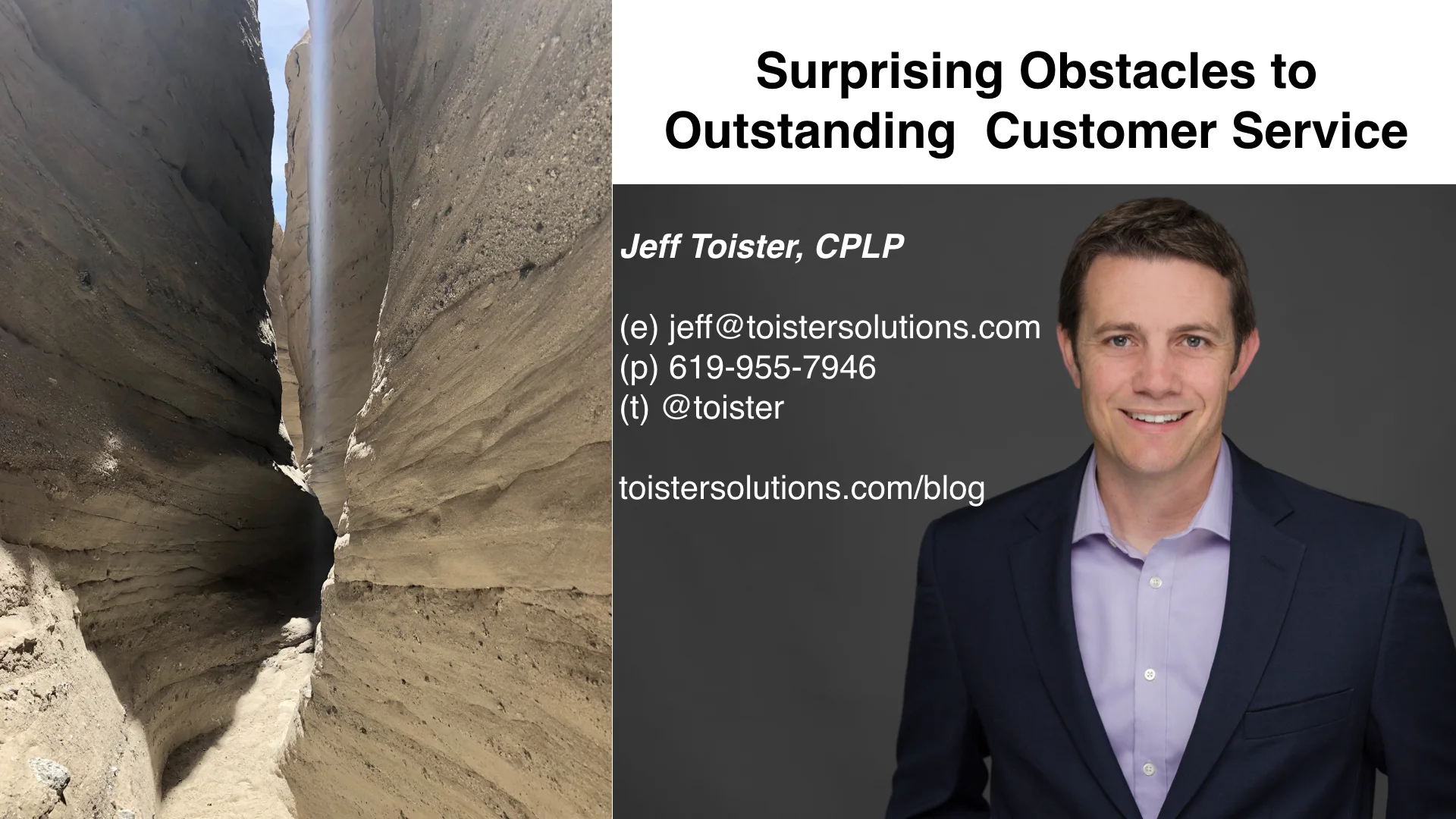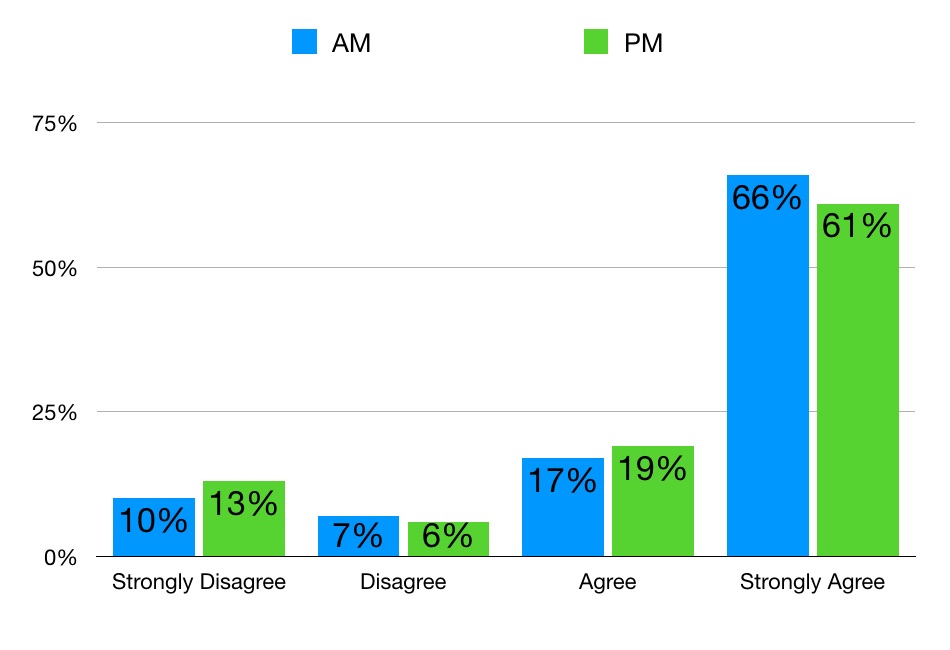Advertising disclosure: We are a participant in the Amazon Services LLC Associates Program, an affiliate advertising program designed to provide a means for us to earn fees by linking to Amazon.com and affiliated sites.
Sisyphus was a king in Greek mythology who cheated death. Twice.
This angered Zeus, who punished Sisyphus by assigning him a never-ending task. Sisyphus had to struggle to push a boulder to the top of a hill, only to have the boulder roll back to the bottom of the hill once he reached the top.
Then Sisyphus had to go back down the hill and start the task all over again. It was a hopeless task with no chance of success, yet it was Sisyphus's job to keep doing it for eternity.
A similar scene plays out in customer service every day.
The customer service representative is Sisyphus, and the customer's problem is the boulder. The rep struggles to get the boulder to the top of the hill—a successful and happy resolution. The boulder rolling back down the hill is a service failure.
And who is Zeus?
It's the executive who assigned the impossible task. They've unwittingly prevented the rep from consistently getting the boulder over the hill. This frustrates the rep and angers the executive, who wrongfully assumes the rep just needs more motivation to push the rock a little harder.
Here are four ways this happens.
1. Poor Products and Services
In 2016, Samsung released the new Galaxy Note 7 smartphone. Unfortunately, the phone had a defect that caused it to spontaneously catch fire.
It was a public relations disaster for Samsung and a very real safety concern for affected consumers. Imagine being a customer service rep for Samsung or one of the wireless carriers that sold the faulty device?
This is a highly-publicized example, but companies release faulty products and services every single day. Here are a few examples:
A hotel's airport shuttle was chronically late.
A new software release contained multiple bugs.
Cheaper ingredients cut costs, but hurt food quality at a popular restaurant.
Customer service reps take the brunt of customer anger in these situations. It's frustrating for the rep because they didn't create the poor product or service, and they're often powerless to fix it.
The solution is collect, analyze, and act on the early warning signs of a defective product or service. You can easily involve your reps to do this without a survey.
2. Overpromising by Marketing and Sales
In 2017, McDonald's scrambled to create a new marketing campaign in response to a viral phenomenon. People were suddenly clamoring for the company to bring back a limited-production Szechuan sauce that had been a promotion for the 1998 Disney movie, Mulan.
The company announced an extremely limited release, but it was poorly planned. Some stores received just 20 packets of the sauce. Other stores received no sauce at all, despite the ad campaign promising the sauce would be there.
The result was hoards of angry customers at McDonald's locations all over the country who took out their anger on frontline employees who had nothing to do with the ill-conceived promotion.
Marketing and sales departments often make promises they can't keep in an effort to land the next sale:
A salesperson promises an impossible delivery time to close a deal.
A new promotion isn't programmed in a retailer’s point of sale system.
Marketing creates a new ad campaign without telling customer service.
Customer service reps pay the price when marketing and sales departments get desperate to land new business. Customers expect to get what they were promised by marketing or sales, and direct their anger at frontline reps when they don't get it.
There are two solutions here.
The first is to require marketing and sales professionals to spend time serving customers. It's a wonderful empathy exercise that often helps them do their jobs better.
The second solution is to require collaboration between marketing, sales, operations, and customer service. A new promotion won't do any good if the company isn't prepared to deliver.
3. Terrible Policies
Cancelling your Comcast service wasn't easy in 2014.
You could adjust nearly every aspect of your service online, but cancelling required a phone call. And when you did call, you were routed to a person whose job it was to talk you out of it. They were trained to overcome your objections and incentivized to get you to keep your service.
This policy infuriated customers. It was undoubtedly difficult for employees as well, who wanted to make customers happy but were mandated to keep selling even when a customer repeatedly said no.
This isn't the only example of a terrible policy hamstringing frontline reps:
A satellite radio company required reps to upsell on support calls.
A contact center required reps to paste long-winded templates into all responses.
A retailer only offered store credit on returns, even when a product was defective.
It can feel hopeless when you're expected to keep customers happy, but aren't given permission to do the right thing. Customer-focused companies avoid this problem by ensuring new policies are aligned with a customer service vision.
4. Understaffing
As I write this post, there are a lot people complaining about being on hold with United Airlines. I know this because there's a website called #OnHoldWith that tracks these complaints.
One of the biggest reasons for long hold times is understaffing. Companies like United routinely have fewer employees available than they realistically need to keep customers happy.
Contact centers don't have enough agents available to handle customer volume.
Retail stores don't have enough sales associates to assist customers.
Grocery stores have long checkout lines, and unused registers.
Customers get agitated when they have to wait, and they take out that agitation on already stressed reps who are working hard just to keep up.
The solution is to take a closer look at staffing models. Adding additional employees at key times can often more than offset the additional cost.
For example:
In contact centers, first contact resolution often goes up when customers wait less.
In retail stores, having additional associates can often dramatically increase sales.
In grocery stores, getting people in an out quickly can improve repeat business.
Many companies outsource some of their staffing to give themselves the flexibility to quickly add people when needed.
Take Action
I've trained thousands of customer service employees. Most of them want to be good at what they do, and they sincerely enjoy helping customers.
The challenge is they encounter obstacles every day that hinder their ability to make customers happy. It's frustrating to repeatedly encounter poor products, ill-conceived marketing campaigns, unfriendly policies, and a lack of staffing. After awhile, employees begin to feel hopeless.
This is just the tip of the iceberg. I profiled ten common challenges in my book, Getting Service Right. They want to be great, but they’re stuck playing the role of Sisyphus.
We need to make service easier for our employees!
Listen to their feedback and fix poor products and services.
Involve customer service before launching the next marketing or sales campaign.
Get rid of unfriendly policies that force employees to provide poor service.
Provide adequate staffing so employees can be their best.






















